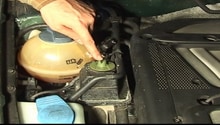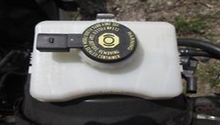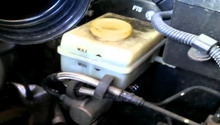Audi A6 C5: How to Bleed the Clutch
Hydraulic clutches are great for their automatic adjustment and easier disengagement with less force. But when things go wrong, it's not as simple to sort as an old mechanical unit.
This article applies to the Audi A6 C5 platform (1997-2004) equipped with a manual transmission.
It used to be clutches were controlled by a cable, and periodically you'd put a wrench on a nut and make an adjustment. Today the hydraulic clutch is almost universal for manual transmissions. When installing a new clutch, clutch master cylinder, hydraulic line, or slave cylinder, you'll need to bleed the air out of it, just as you would in the brakes. There are a couple of ways to do it, so read on to gain knowledge and greatness!
The clutch hydraulics are just as susceptible to water absorption as is the brake fluid. This is probably due to the fact that in the Audi A6 they share the same fluid reservoir. Needless to say, when you flush the brakes, which should be every other year, you should also bleed the clutch hydraulics at the same time. Doing this is fairly straightforward and involves just a few tools, as well as a friend. You may not want to attack this job if you have neither.

Materials Needed
- Power bleeder (ie: Schwaben Power Bleeder)
- Several feet of clear plastic tubing
- Screwdriver
- 9mm boxed end wrench
- Turkey baster
- Unopened DOT 4 brake fluid
- Empty resealable container
- Jack and jack stands
There are two different methods you can use to bleed the hydraulics. I'll cover both aspects here, with each one being its own step. Both methods are easy, but using a power bleeder is much easier because you can do the procedure without an assistant. No matter which way you do it, you will need to jack up the front of the car and put it on jack stands to access the clutch slave cylinder. Then remove the aerodynamic belly pan so you can access the underside of the car. The slave cylinder is actually mounted almost on the top of the transmission, but it is not easy to reach from the top side of the engine compartment.
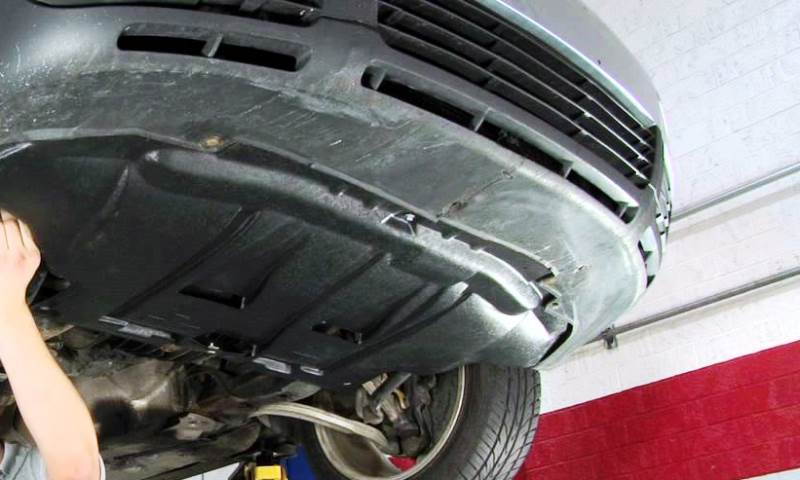
Step 1 – Remove old fluid
- Open the master cylinder reservoir on the firewall by taking the cap off.
- With the turkey baster, draw out as much fluid as possible, depositing it into the resealable container for proper disposal.
- Refill the reservoir with new DOT 4 brake fluid up to the full mark.
- Locate the clutch slave cylinder on the transmission.
- Break loose the bleeder screw with the 9mm wrench, and close again.
- Place clear tuning over the end of the bleeder screw, and other end in resealable container.

Figure 2. Typical Audi brake/clutch fluid reservoir. 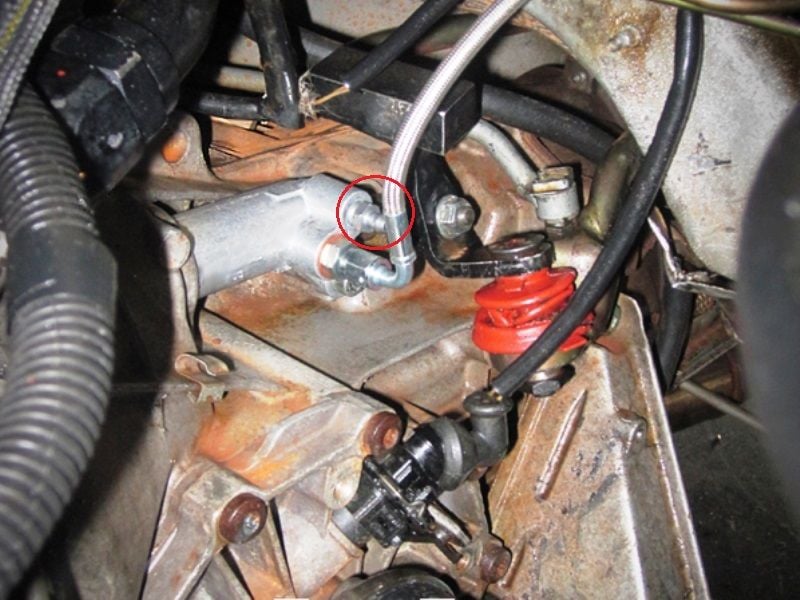
Figure 3. The slave cylinder (this one is aftermarket) is located just above the driver side axle output flange.
Warning
Be careful with the bleeder nipple. It is made of a plastic composite and easily broken is over-tightened. Only tighten the nipple as much as needed to close it, or you'll break it off or strip it.
Step 2 – Power bleeder method
- Pour 8-12 oz of the new brake fluid into the power bleeder reservoir.
- Attach the power bleeder cap where the cap of the master cylinder reservoir would go.
- Pressurize the system per bleeder directions.
- Open the bleeder nipple with the wrench.
- Allow fluid to bleed out of the system.
- Do not allow the pressure bleeder to run dry of brake fluid.
- Close nipple when fluid bleeding out is clear and fresh looking (about 8 oz).
- After the system is bled, remove the plastic tubing and 9mm wrench.
- Replace the belly pan, pull the power bleeder, ensure the reservoir is up to level, and replace the reservoir cap.
- Test the clutch for proper operation.
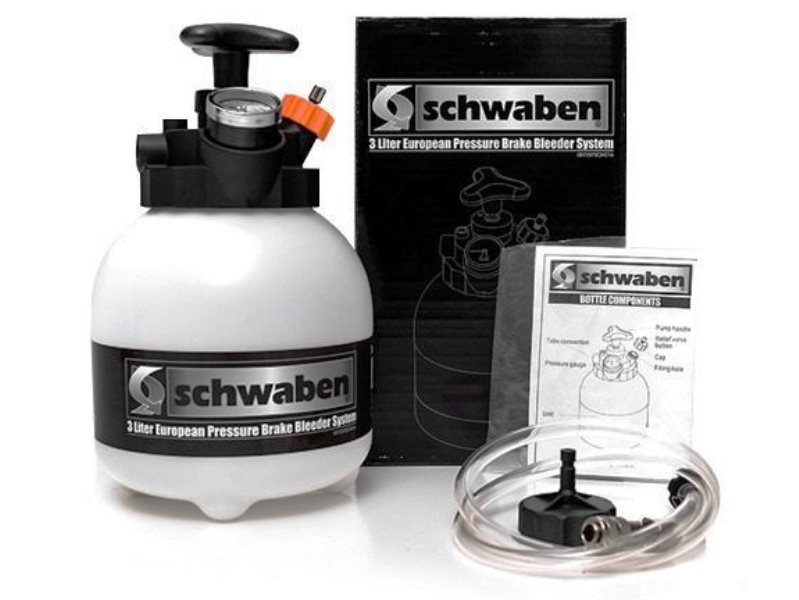
Step 3 – Manual bleeding method
- Run the clear tubing from the slave cylinder nipple to the resealable container, so the end in covered in fluid.
- The fluid in the container will prevent air from being sucked back into the system.
- Have your assistant pump the clutch pedal, then hold it down.
- Open the nipple so fluid flows out.
- Observe the fluid as it rises in the clear tubing.
- Lose the nipple and have the pedal pumped again.
- Repeat until the entire length of tubing is free of bubbles and full of fresh clean fluid.
- Close the nipple.
- Remove the clear tubing and 9mm wrench.
- Top off the brake master cylinder reservoir.
- Replace reservoir cap.
- Replace belly pan.
- Test the clutch for proper operation.
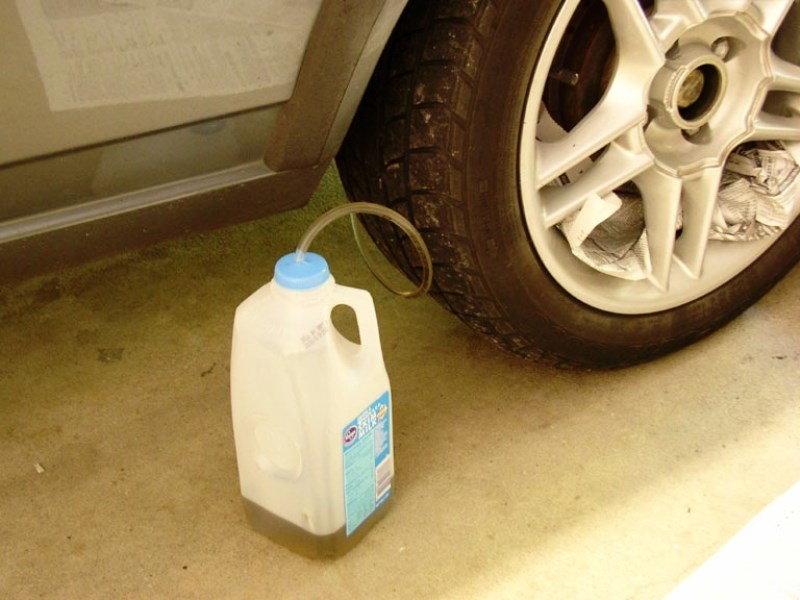
Figure 5. Catch the old fluid in a resealable container. 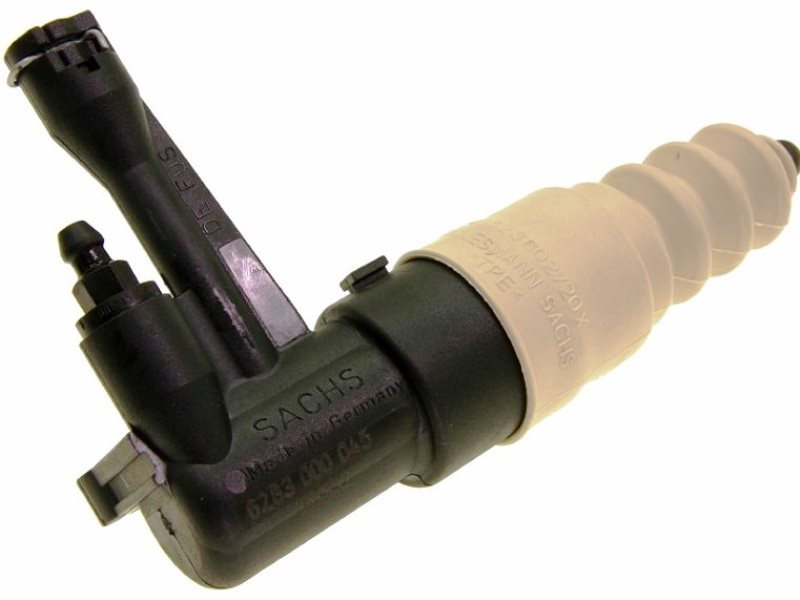
Figure 6. Audi/VW OEM slave cylinder.
Related Discussions
- How to Bleed Clutch - AudiWorld
- Bleeding Clutch Need Help - AudiWorld
- Correct Brake Bleeding Procedure Including Clutch - AudiWorld
- Where is the Clutch Bleed Screw Located How to Access - AudiWorld

